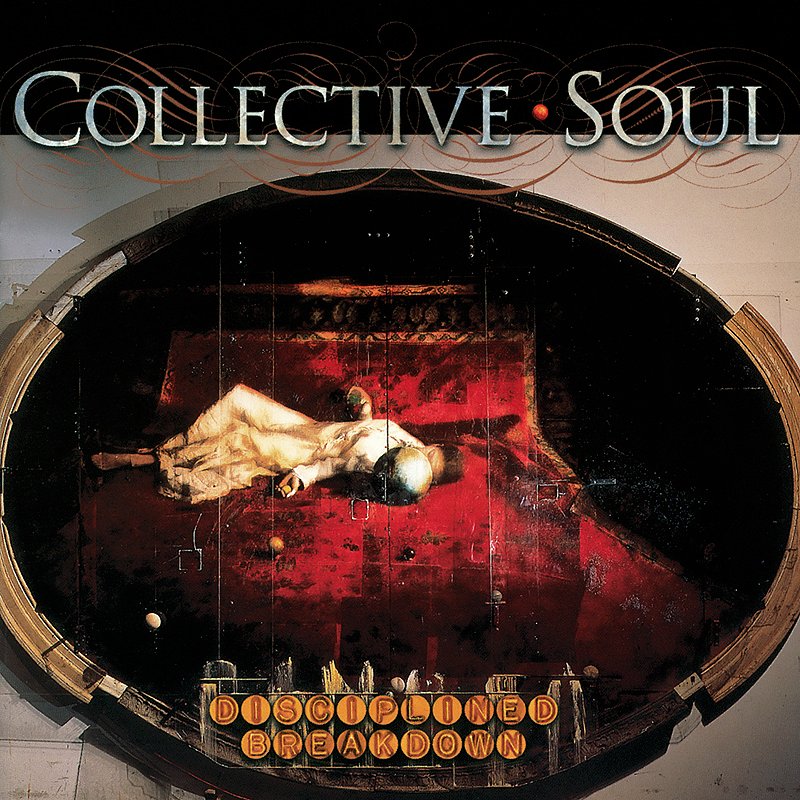
Present also in the Jewish mystical tradition is the belief that one’s actions in this life can affect one’s subsequent reincarnations, for good or ill. However, where nirvana means literally “to blow out” - that is, to extinguish the flames of desire and greed - the kabbalists describe ultimate goal of transmigration as a kind of compounded flame, in which the soul’s spark is subsumed by the boundless light of God. the culmination of gilgul - can be understood as a cognate to the Buddhist notion of nirvana. This particular life comprises but one stage on our path towards a perfected state when the small divine spark of our own soul will become reintegrated into the fires of the divine. While it occasionally happens that new souls may be created, most of us have been here before and will be here again. In the kabbalistic imagination, this is the situation for the vast majority of souls. The Bahir asks: “How many times must he go through the process? He said, ‘Up to a thousand generations.’” Thus it is with the soul, which accrues merit (or not) over the course of countless lifetimes. Disappointed, he clears his vineyard and plants a new crop, which also becomes sour. In a well known passage, the cycle of reincarnation is likened to a vinter who plants grapes that become sour.

One of the earliest of these can be found in Sefer HaBahir (“The Book of Brightness”), an abstruse mystical tract of mysterious origin that began to circulate among kabbalists in 13th-century Europe. Though it is likely that Jewish ideas about transmigration are rooted far back in antiquity, the first explications of gilgul appear in medieval Kabbalah, in the Zohar and elsewhere. Very much in line with samsara, which is often depicted as a wheel in Buddhist art, the word gilgul comes from the Hebrew root meaning “to spin.” The soul, in the kabbalistic view, spins onward through a great many bodies, striving after a higher form of perfection. Sometimes overlooked, both by Jews and by students of Jewish tradition, is gilgul, a concept that is described in great detail throughout the Kabbalah. Transmigration - the journey of an individual soul through many incarnations - is something that religious seekers in the West often think of as samsara, the cycle of death and rebirth which is a core aspect of the great Dharmic religions: Buddhism, Hinduism, Sikhism, and Jainism.

In the Western imagination, reincarnation has long been associated with the religious traditions of the East. My Jewish Learning is a not-for-profit and relies on your help Donate


 0 kommentar(er)
0 kommentar(er)
